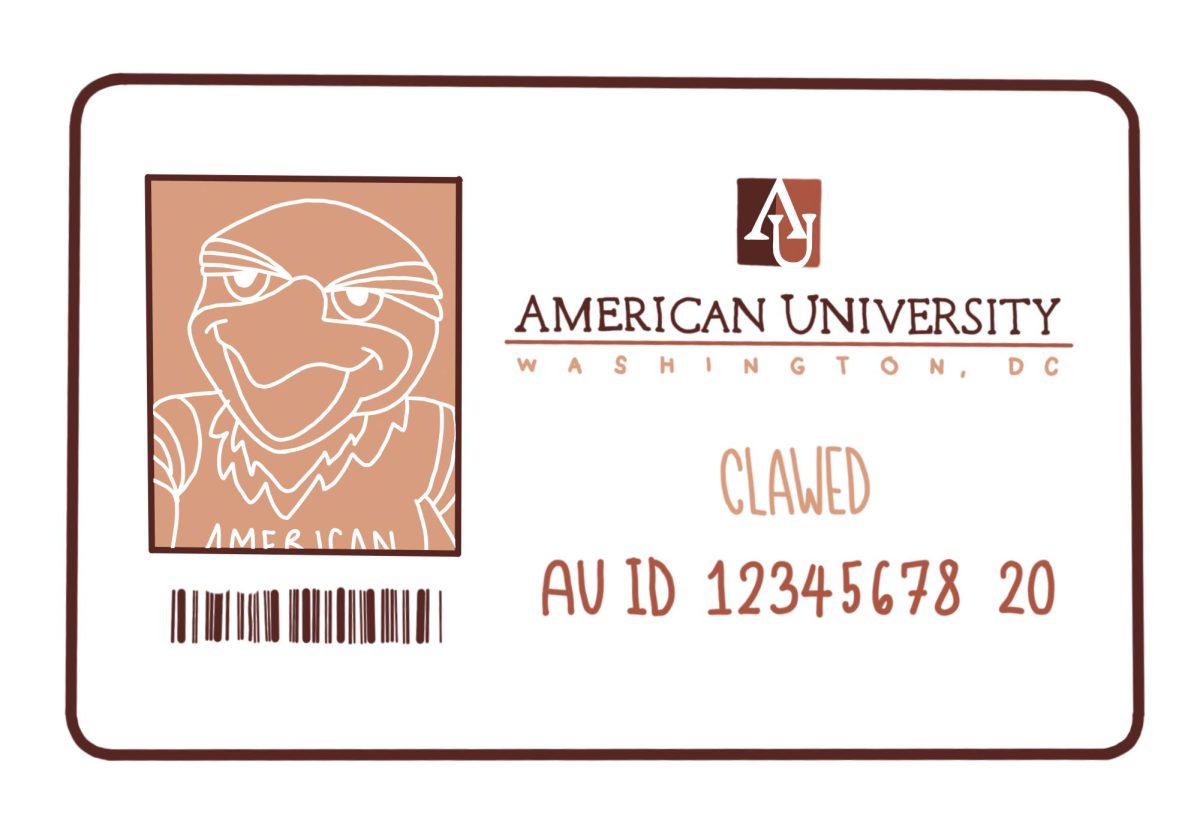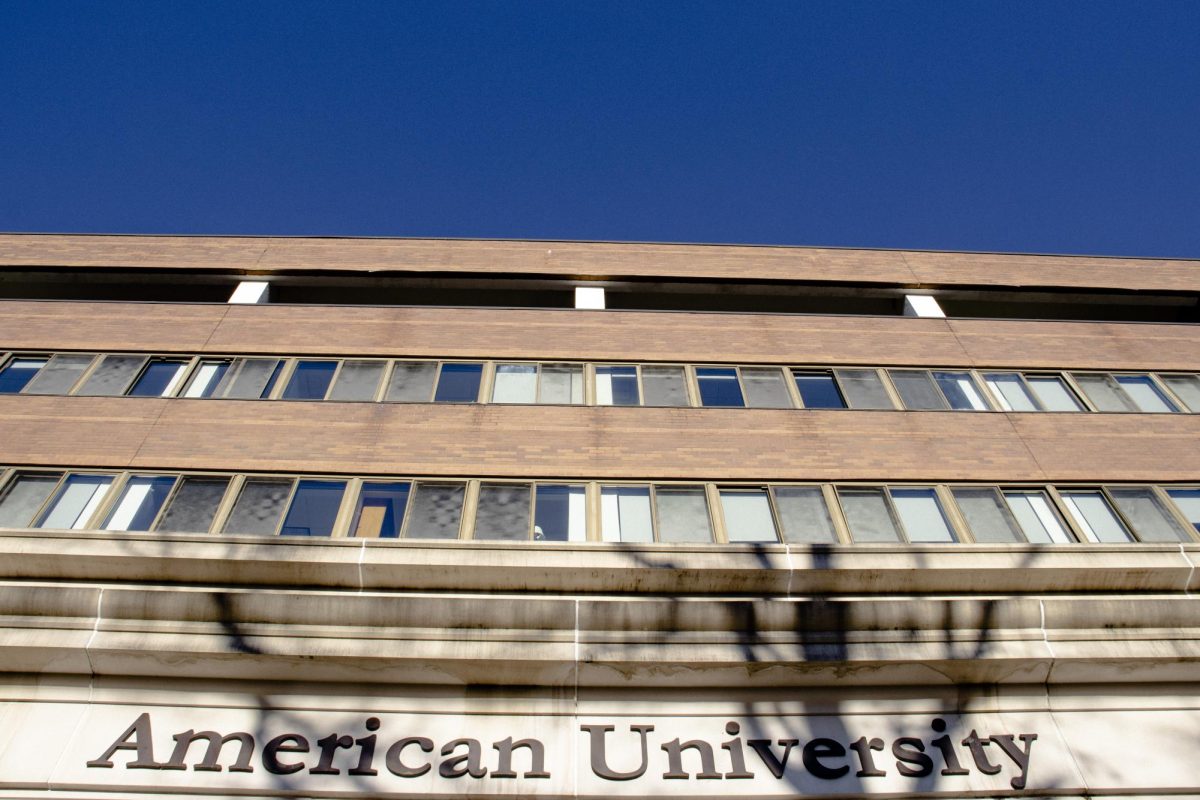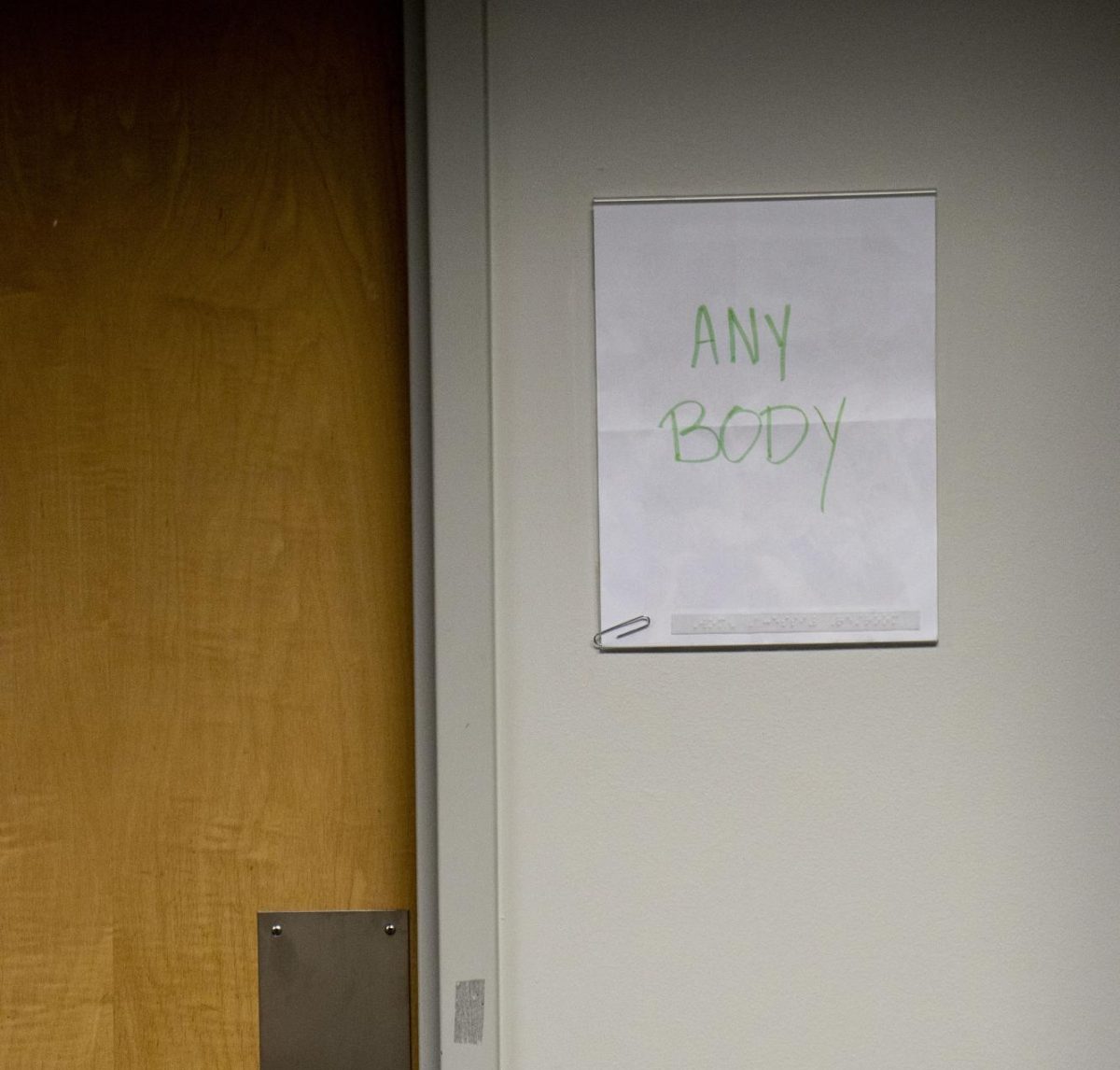AWOL aimed to report how much food students could purchase with one meal exchange. We used calories to measure food quantity because the unit broadly represents the amount of energy provided in food. We also used calories because the unit was the nutritional information most consistently available among all food available for purchase with meal exchanges.
We used caloric information listed on in-person menus, food packages and DineOnCampus’ virtual AU menus when possible, prioritizing information on in-person menus and food packages. If caloric information for an item was different on in-person menus, food packages and/or the virtual menu, the food package information was prioritized. If food package information was not available, in-person menus were prioritized over the virtual menu.
If caloric information was not available from one of those AU sources, we used the United States Department of Agriculture’s FoodData Central database and nutrition information documents from Subway, Panera Bread and PepsiCo. Mathematic calculations were used to find the volume of provided drink containers when appropriate, as to find the amount of beverage served and, thereby, the amount of calories.
Each food’s caloric information was listed on a spreadsheet. Combinations of foods were then assessed according to AU’s “Using a Meal Exchange” document to find the minimum and maximum number of calories for each venue. Cravetown is not documented in the “Using a Meal Exchange” document, so we used the items available from GrubHub’s meal exchange menu for Cravetown. Panera Bread’s breakfast menu is separate from its lunch and dinner menu, so the menus were assessed separately.
The data also includes menu options that people with dietary restrictions may be unable to eat.
For more information regarding the process of documenting meal exchange options and calories, see the data diary and calorie spreadsheet.










